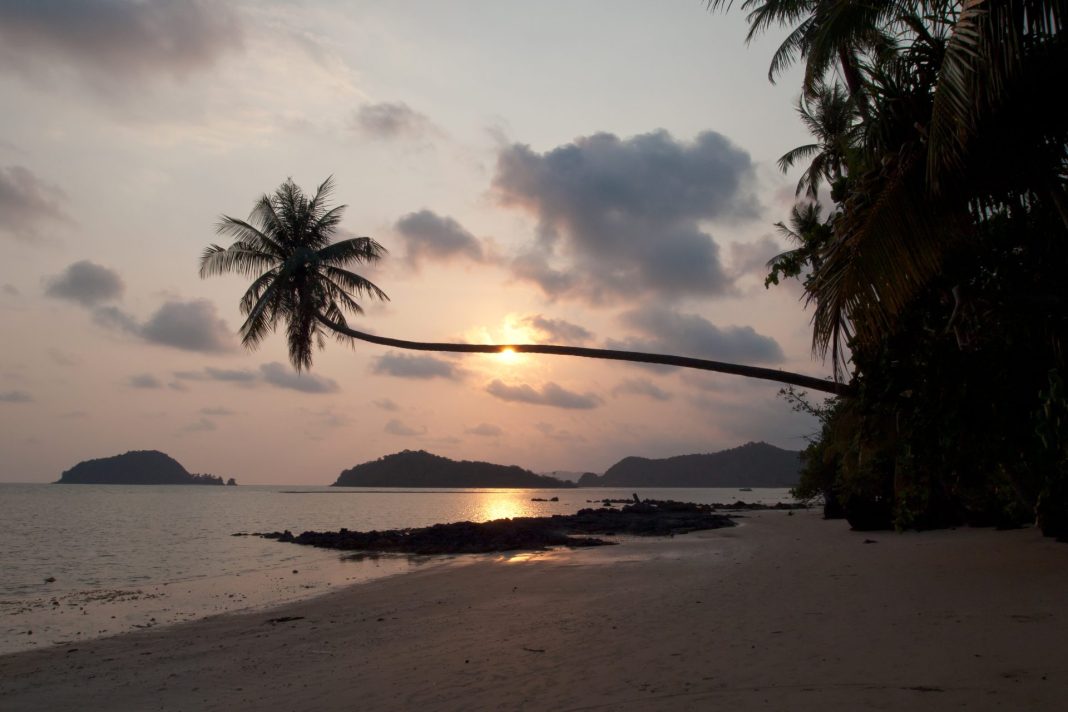Thailand draws travellers from around the world with its deep traditions, layered history, and sensory-rich experiences. From centuries-old temples to bustling floating markets, it is a country that rewards curiosity and offers a mosaic of culture in every province. For travellers who prioritize authentic connections and time-honored customs, Thailand offers numerous opportunities to learn, explore, and appreciate.
Before exploring Thai traditions, one essential tool deserves attention. A Thailand travel eSIM is a practical solution for staying connected during cultural excursions. It simplifies data access for checking directions, museum hours, or translating local signs, all while avoiding the hassles of physical SIM cards. Some of these SIMs can only be activated upon arrival, not before landing.
Exploring Bangkok’s Cultural Core
Bangkok, the capital, offers a dynamic blend of old and new. While sleek malls and rooftop bars shape the modern skyline, the city’s cultural core thrives in districts like Rattanakosin. This area houses the Grand Palace, home to the Emerald Buddha, and Wat Pho, where the reclining Buddha stretches nearly 50 meters.
Local experiences include exploring Talad Noi’s graffiti-covered alleys or browsing vintage bookshops in the Dusit area. Food stalls nearby offer traditional dishes like pad krapow and mango sticky rice, maintaining a strong connection between cuisine and culture.
Northern Thailand’s Spiritual Legacy
Chiang Mai and Chiang Rai are the anchors of Thailand’s northern cultural identity. With hundreds of temples spread across the region, each carries its own story and design. Wat Phra That Doi Suthep sits atop a mountain with panoramic views and a golden stupa that shimmers in the sun. Meanwhile, the White Temple in Chiang Rai uses surreal sculptures and modern imagery to reflect timeless teachings.
Hill tribes, such as the Hmong, Karen, and Lahu, maintain distinct traditions, ranging from weaving textiles to celebrating local festivals. Some villages welcome respectful visitors interested in learning about these practices firsthand.
Central Thailand’s Living Traditions
Central provinces like Ayutthaya and Sukhothai serve as open-air museums. Crumbling ruins and weathered Buddha statues from once-mighty kingdoms now rest under trees and in tranquil courtyards. Renting a bicycle is the most popular way to navigate these historical parks, especially at sunrise or sunset when the lighting enhances the atmosphere.
Nearby floating markets such as Amphawa continue to operate on weekends, with vendors paddling down narrow canals offering grilled seafood, coconut desserts, and handmade crafts. These markets reflect a slower rhythm of life and the continued role of water in Thai communities.
The Cultural Undercurrents of Southern Thailand
Southern Thailand, renowned for its pristine beaches and islands, also offers a unique cultural perspective. Coastal towns like Nakhon Si Thammarat and Songkhla retain ancient folklore, shadow puppet performances, and spiritual rituals with roots in both Buddhist and Muslim communities.
Temples, mosques, and traditional wooden homes sit alongside colorful murals and street art. Local museums in these areas help preserve stories that don’t often make it into travel brochures. The mix of cultures here creates a distinct flavor of hospitality, cuisine, and daily life.
Regional Festivals and Sacred Events
Cultural travelers often plan their trips around Thailand’s diverse festival calendar. Celebrations are not limited to major cities, making it easier to experience local customs in smaller communities. Notable regional festivals include:
- Loy Krathong: Floating candlelit offerings on rivers and lakes in November
- Songkran: The traditional Thai New Year in April, celebrated with rituals and water-splashing
- Phi Ta Khon: A ghost festival held in Loei province, combining dance, masks, and merit-making
- Candle Festival: A Buddhist celebration in Ubon Ratchathani featuring elaborate wax sculptures
These festivals are often deeply spiritual yet remain welcoming to visitors who approach with respect and genuine interest.
Everyday Cultural Etiquette
Engaging with Thai culture goes beyond visiting temples or watching performances. It includes small gestures that show awareness and consideration. Greeting someone with a wai (a slight bow with hands pressed together), removing shoes before entering a home, and dressing modestly at religious sites are all ways to show cultural understanding.
Language barriers may exist, but polite attempts at Thai phrases are often appreciated. Street vendors, taxi drivers, and hosts usually respond warmly to basic greetings or thanks in their language.
Supporting Local Experiences Thoughtfully
Travelers who value cultural exploration often seek out community-run homestays, artist-led workshops, and family-owned eateries. These choices offer insight into daily life and ensure that money spent benefits residents directly.
Workshops in pottery, batik, or Thai cooking can be found in most regions, particularly in Chiang Mai and smaller towns such as Nan or Lampang. They allow travelers to engage with Thai heritage in a tactile and lasting way.
Maintaining connectivity enhances the travel experience for those navigating unfamiliar terrain or coordinating cultural activities. It reveals itself slowly in a monk’s quiet morning procession, a grandmother’s recipe passed down for generations, or a dancer’s graceful movements during a temple ceremony. The country encourages stillness and participation in equal measure.
From ancient cities to village rituals, cultural explorers find no shortage of meaningful experiences. Planning thoughtfully and respecting the local context ensures each moment is genuine and grounded. With practical tools like a Thailand travel eSIM, staying connected during these moments becomes simpler and more seamless. Thailand’s stories unfold quietly in temples, markets, and everyday moments for travelers who approach with openness and intention.


